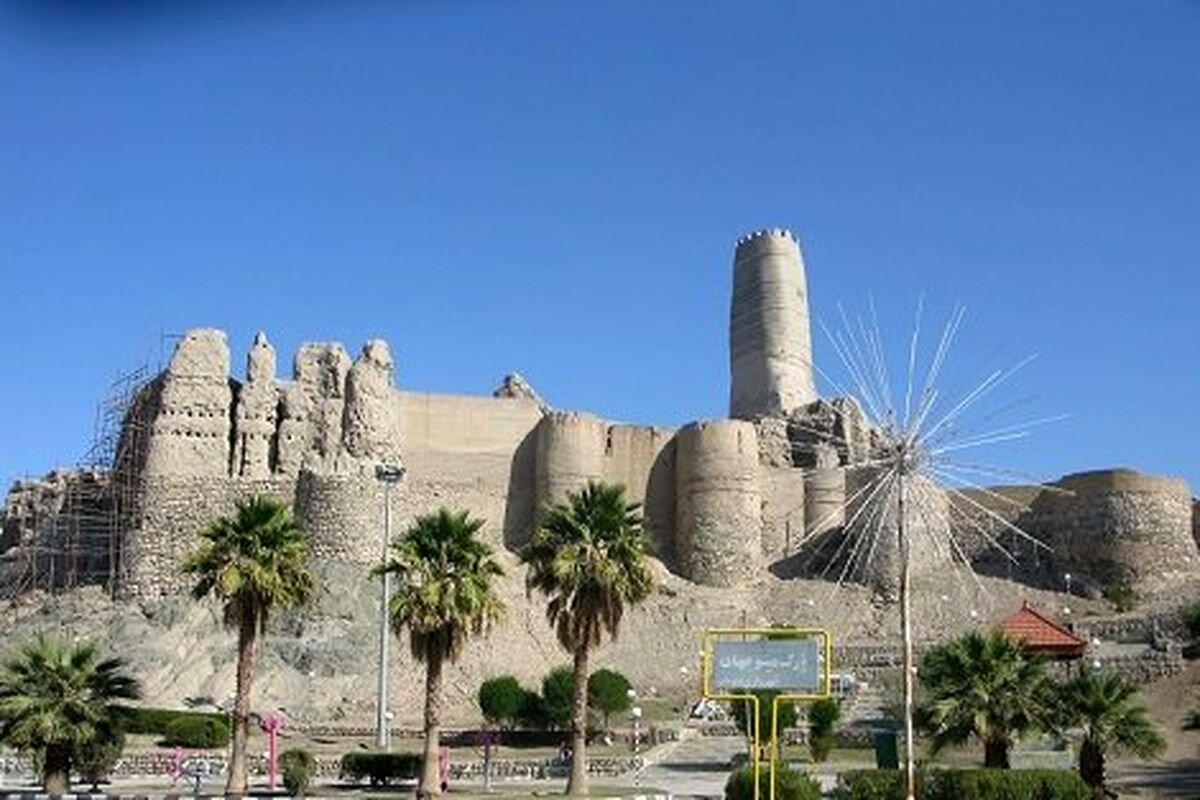Manujan fortress undergoes restoration

TEHRAN – A fresh restoration work has commenced on the ruins of the Manujan fortress, which is located in an ancient town of the same name in Kerman province.
Manujan fortress, which dates back to the Sassanid era, has undergone another restoration project, the provincial tourism chief said on Monday.
So far, the southern and western ramparts of the fortress have been restored concurrent with archaeological excavations aimed to discover their [possible] cultural layers, Fereydoun Fa'ali, explained.
For this stage, the fort’s western and northwestern fortifications will be subject to restoration and archaeological excavations, the official said.
He said the monument is registered on the national list for cultural heritage and is situated at the highest point of Manujan town.
Previous excavations yielded a special kind of pottery as well as pieces of jewelry and glassware works that throw light on the history of the rampart.
A Sassanid archaeological landscape typically depicts a highly effective land use system and the strategic use of natural topography in the development of the earliest Sassanid cultural centers.
Sources say defensive walls have often been necessary for cities to survive in an ever-changing world of invasion and conquest. Fortresses were designed primarily to defend territories in warfare and were also used to solidify rule in a region during peacetime.
The Sassanid era saw a general renaissance in Persian art and architecture. Palaces at Ctesiphon, Firuzabad, and Sarvestan, which are among the highlights of the ensemble, are just a few examples of the grandiose proportions that architecture frequently adopted.
2018 saw the designation of "Sassanid Archaeological Landscape of Fars Region" as a UNESCO site, a collection of Sassanian historical cities in southern Iran. Eight archaeological sites make up the ensemble, which is spread across the three regions of Firuzabad, Bishapur, and Sarvestan.
Kerman province is something of a cultural melting pot, blending various regional cultures over time. It is also home to rich tourist spots and historical sites, including bazaars, mosques, caravanserais and ruins of ancient urban areas. Kerman is bounded by the provinces of Fars in the west, Yazd in the north, South Khorasan in the northeast, Sistan-Baluchestan in the east, and Hormozgan in the south. It includes the southern part of the central Iranian desert, the Dasht-e Lut.
AFM
Leave a Comment